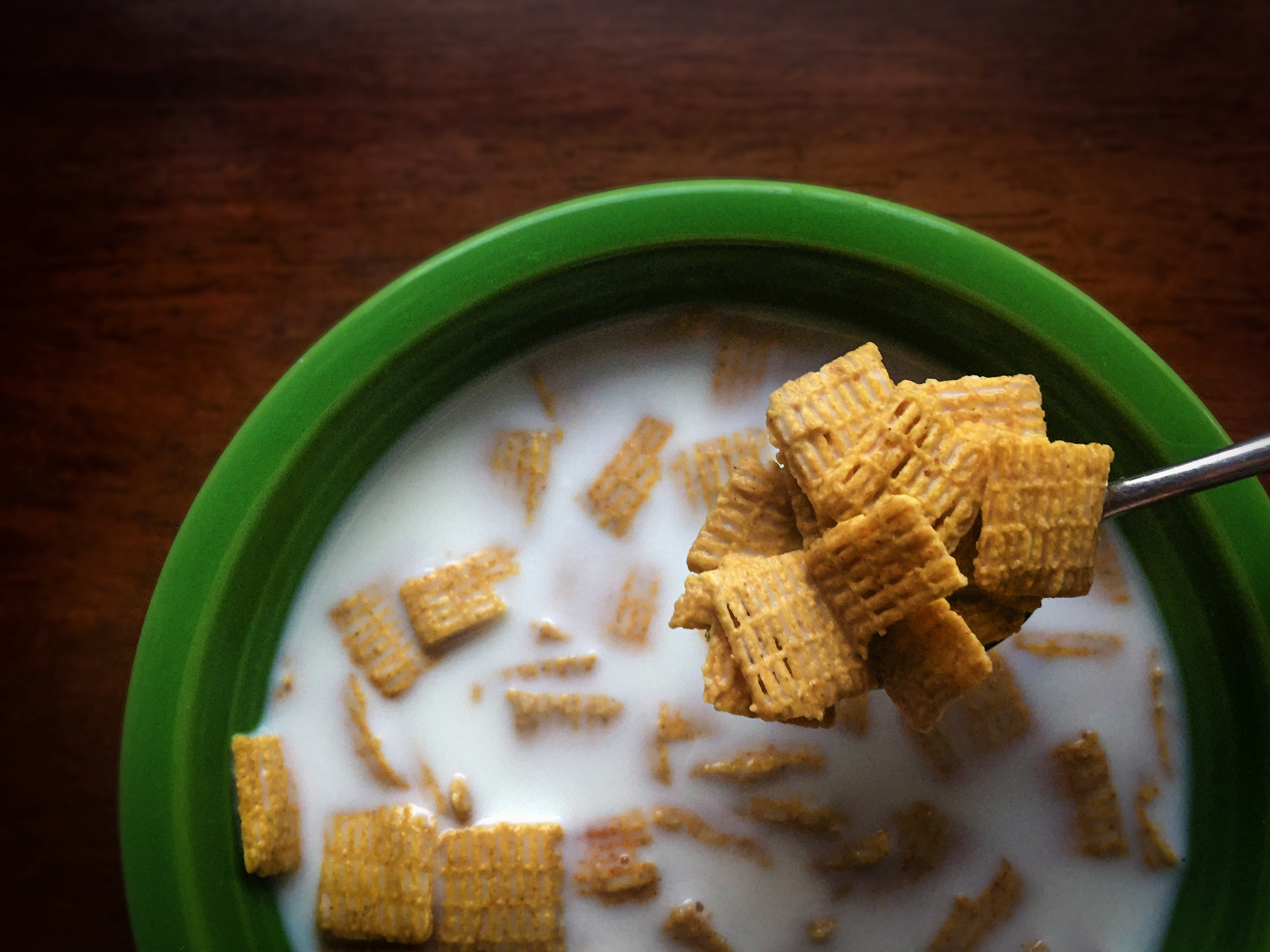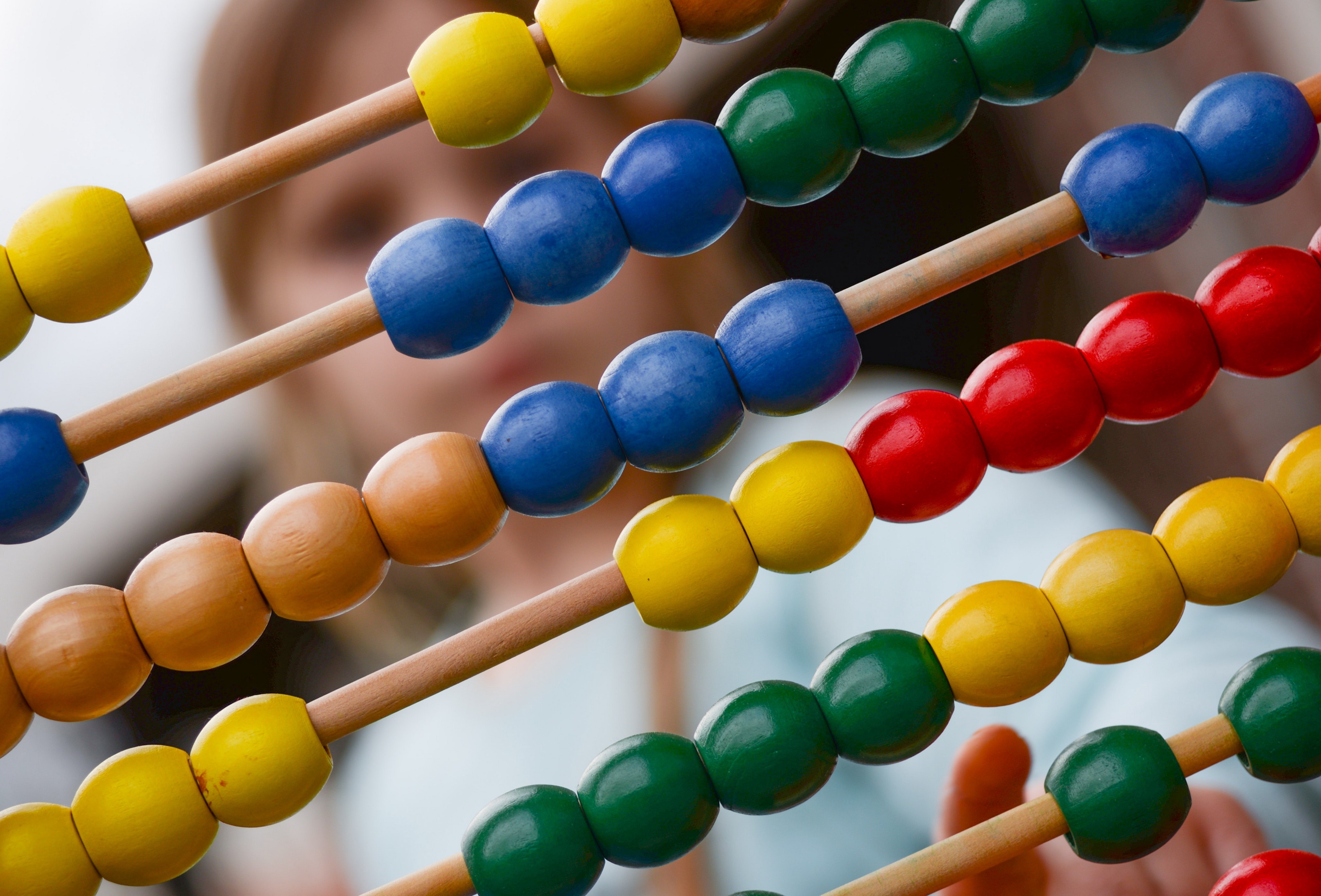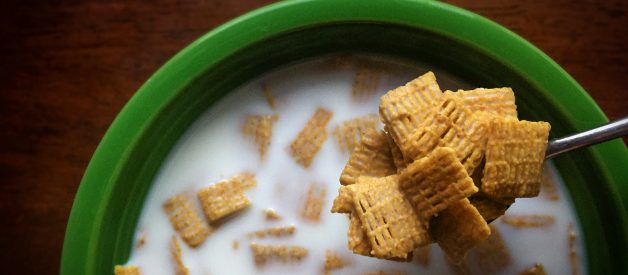Why you shouldn?t worry about glyphosate in your breakfast cereals
 Pictured: Probably not poison Source: Pexels
Pictured: Probably not poison Source: Pexels
The modern world of food is a truly amazing place. You can go to a supermarket today, virtually anywhere in the world, and buy fresh strawberries, even though they only naturally grow for a few short months of the year. You can buy winter vegetables alongside summer fruits, a half-dozen variety of meats, and the weirdest part of it all is that it feels normal.
 Pictured: Abnormal for most of human history Source: Pexels
Pictured: Abnormal for most of human history Source: Pexels
But with all this advancement comes fear. That we?re breaking natural rules. That we?re doing something horribly wrong and will all suffer because of it. That something to do with the production of all this wonderful produce is secretly harming us all.
And according to the media, something is.
According to an outcry across the world, we have all been poisoning our children with pesticides. A recent report has apparently found ?unsafe? levels of glyphosate ? commercially most well known as RoundUp ? in breakfast cereals commonly marketed to kids like Honey Nut Cheerios and Baked Oat Bites. It sounds as if we?ve been giving our kids ? and ourselves ? cancer!
 Quelle surprise! Source: Pexels
Quelle surprise! Source: Pexels
Fortunately for everyone who likes breakfast, the truth is a bit less scary than that.
Cheerios probably aren?t giving you cancer after all.
Sly Science
The study that everyone is talking about was very simple. The Environmental Working Group (EWG), who describe themselves as a ?non-profit, non-partisan organization dedicated to protecting human health and the environment?, took a number of breakfast foods containing oats and tested them for levels of glyphosate. They found amounts of the herbicide ranging from 70?800 parts per billion in the foods, using validated scientific measures.
So far, so good. It seems likely that there?s some herbicides in the foods we eat.
They then concluded that consumption of most of these foods ? in particular, Cheerios, which had the highest levels of glyphosate ? was above their safety threshold for children of 160 parts per billion per day. That?s about 0.0002 milligrams. What this means is that a child eating a single serving of these foods would go over the ?safe? amount of glyphosate and possibly be harmed.
 Ideally, we don?t want to harm children Source: Pexels
Ideally, we don?t want to harm children Source: Pexels
This is where the issues come in. You see, it?s incredibly unlikely that someone could be harmed by eating such a small amount of glyphosate.
Dose Makes Poison
The thing about poisons ? or in this case, environmental pollutants ? is that the dose is key to everything. A small dose of caffeine is pleasant and enjoyable, but drink 30 coffees and you might experience caffeine poisoning which is no fun. Apples contain formaldehyde, which is also produced naturally in your body, but it?s perfectly safe because you only get a fraction of the amount needed to harm you.
 Some things, of course, can be harmful in low doses as well. Like daytime TV Source: Pexels
Some things, of course, can be harmful in low doses as well. Like daytime TV Source: Pexels
Which brings us to the question ? how much glyphosate is needed to cause harm to a person?
This is a complex question. You can?t give people potential environmental toxins and see what happens, because it?s unethical and impractical. So instead, you give them to mice, and also conduct observational research to back it up. You then take the lowest possible dose that was observed in animal studies, divide it by 10, then divide it by 100 for safety, and say that that?s unlikely to harm humans.
This can all take time but luckily ? because glyphosate has been around for a while now ? we?ve got a lot of studies that have looked at this exact question. The Environmental Protection Agency in the US has looked into this question, and concluded that a dose of 2mg/kg/day of glyphosate would not harm a person if consumed throughout a lifetime. Basically, eating ~140mg per day, or 30?60mg for a child, would not cause you any harm. Some less conservative agencies have concluded that there doesn?t even need to be a reference dose, because it?s so unlikely that glyphosate causes harm.
The most conservative estimate around, which came from the Californian government, is that a dose of 1.1mg per day is unlikely to cause harm to humans. What this means is that a dose of 1.1mg/day of glyphosate would be expected to harm less than 1 person in every 100,000 across an 80-year lifespan.
How does all this relate to the EWG figures?
 Warning: maths ahead. Bring your abacus Source: Pexels
Warning: maths ahead. Bring your abacus Source: Pexels
Sensationalist Science
If we go back to the EWG?s stats, the highest dose of glyphosate was for Honey Nut Cheerios, at 833 parts per billion. That means that, for every gram of cereal, they found 0.000000833 grams of glyphosate.
Let?s start with the EPA?s estimate of 30mg per day. This would mean that, according to the EPA, you have to eat 0.03/0.000000833 = 36,000 grams, or 36 kilograms, of breakfast cereal every day to be harmed.
Using the much more conservative estimate from California ? remember, this gives you a less than 0.0001% chance of being harmed in 80 years ? you can eat 0.002/0.000000883 = 2,265 grams, or 2.3 kilograms, every day and still be safe.
I?m not a parent, but two and a half kilos of Cheerios seems a lot, even for an active teen.
 Pictured: Eating only Cheerios all day, presumably Source: Pexels
Pictured: Eating only Cheerios all day, presumably Source: Pexels
To get an estimate that might actually cause harm, we have to use the EWG?s own 160ppb/day estimate. This equates to 160 nanograms, so 0.00000016/0.000000883 = .18 grams, which is less than a teaspoonful of cereal.
The problem is that this 160ppb estimate is based on?well, we don?t really know. The EWG reports that it is so conservative because of ?additional factors?, which could mean anything from total guesswork to reasonable science.
What we do know is that the EPA and Californian estimates are based on very solid evidence. They both used a large number of studies, with the Californian team adding in a massive protective factor ? remember, less than 0.0001% chance ? for safety?s sake.
And there?s another problem. You see, the main funders of the EWG are from the organic industry. In fact, you can buy an EWG logo to put on your organic produce to certify that it?s ?safe?. It?s hard to tell the exact cost from a perusal online, but the application fee itself is $500 USD, so it?s probably not cheap.
All of this means that the EWG has a very significant conflict of interest in the matter. If glyphosate is harmful ? and people choose organics, that don?t use glyphosate ? their sponsors make more money. The press release from the EWG for the recent glyphosate testing even recommended that companies switch to organic producers for their oat products, which would of course include their sponsors. They also used the term ?cancer causing? or similar more than 5 times, despite the fact that strong scientific evidence has shown that glyphosate doesn?t cause cancer, at least in low doses like this.
Did they choose a low reference dose because of the conflicts of interest? It?s impossible to know. There are innumerable reasons to be cautious, many of them very good. They might have had a completely justifiable reason for choosing a dose hundreds of times lower than the very conservative Californian estimate.
Bottom Line
It?s possible that farmers, who are exposed to 30,000x the dose that a normal consumer would be over a lifetime, might be at a 0.1?0.5% increased risk of cancer. This isn?t certain ? the biggest study on glyphosate and cancer, in more than 55,000 people didn?t find any link ? but it?s potentially possible.
But for consumers? For someone buying breakfast cereals off a supermarket shelf? The risk of harm is almost too low to calculate. If we use the maths from the Californian estimate, eating breakfast cereals every day for an entire lifetime would potentially harm about 1 in 10,000,000 people due to glyphosate exposure.
There are many reasons not to eat breakfast cereals, chief among them the high sugar content.
Just don?t avoid them because of glyphosate.
The dose is so small that you?re more likely to be harmed by choking on your breakfast.
If you enjoyed, follow me on Medium, Twitter or Facebook!
You can now listen to Gid on the Sensationalist Science podcast:


